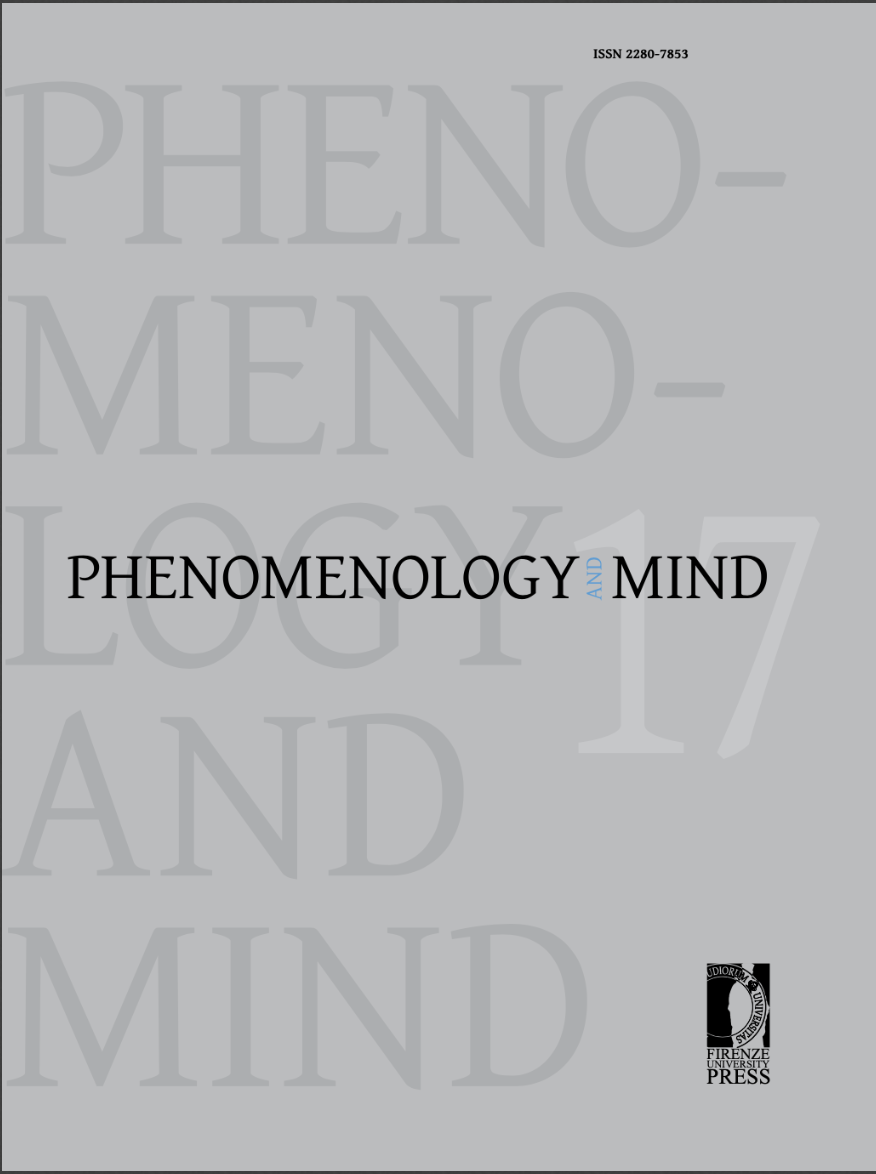Published 2016-11-26
Keywords
- empathy,
- embodied simulation,
- mirror neurons,
- multisensory integration,
- social cognition
How to Cite
Abstract
This paper explores the sense of touch in relation to social cognition offering a new take on multisensory integration in the brain, within the framework of Embodied simulation (ES) theory. ES provides a new empirically based notion of intersubjectivity, viewed first and foremost as intercorporeality. In relation to touch, by means of ES we do not just “see” a sensation experienced by someone else and then understand it through an inference by analogy. By means of ES we can map others’ sensations by re-using our own motor, somatosensory and viscero-motor representations. ES provides an original and unitary account of basic aspects of intersubjectivity, demonstrating how deeply our making sense of others’ living and acting bodies is rooted in the power of re-using our own motor, somatosensory and viscero-motor resources.

